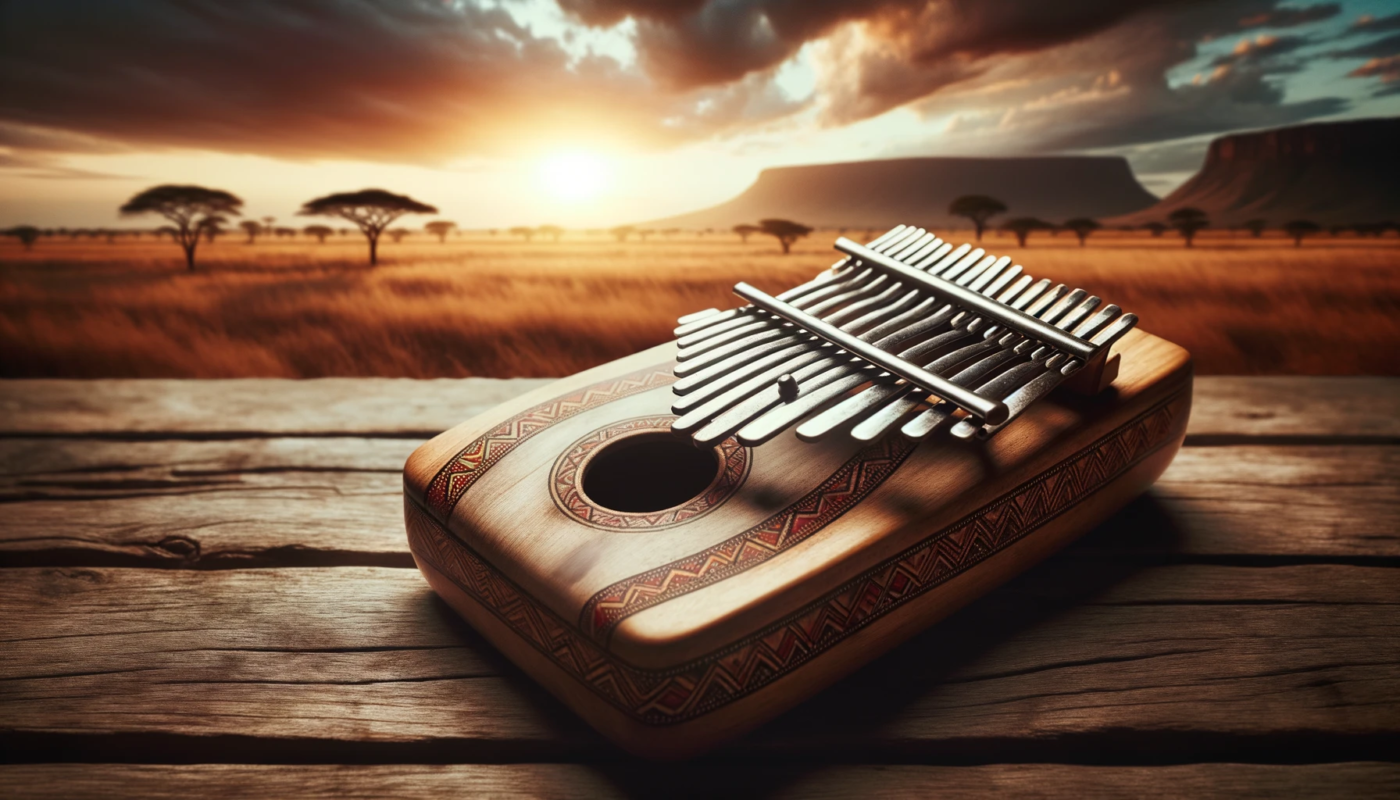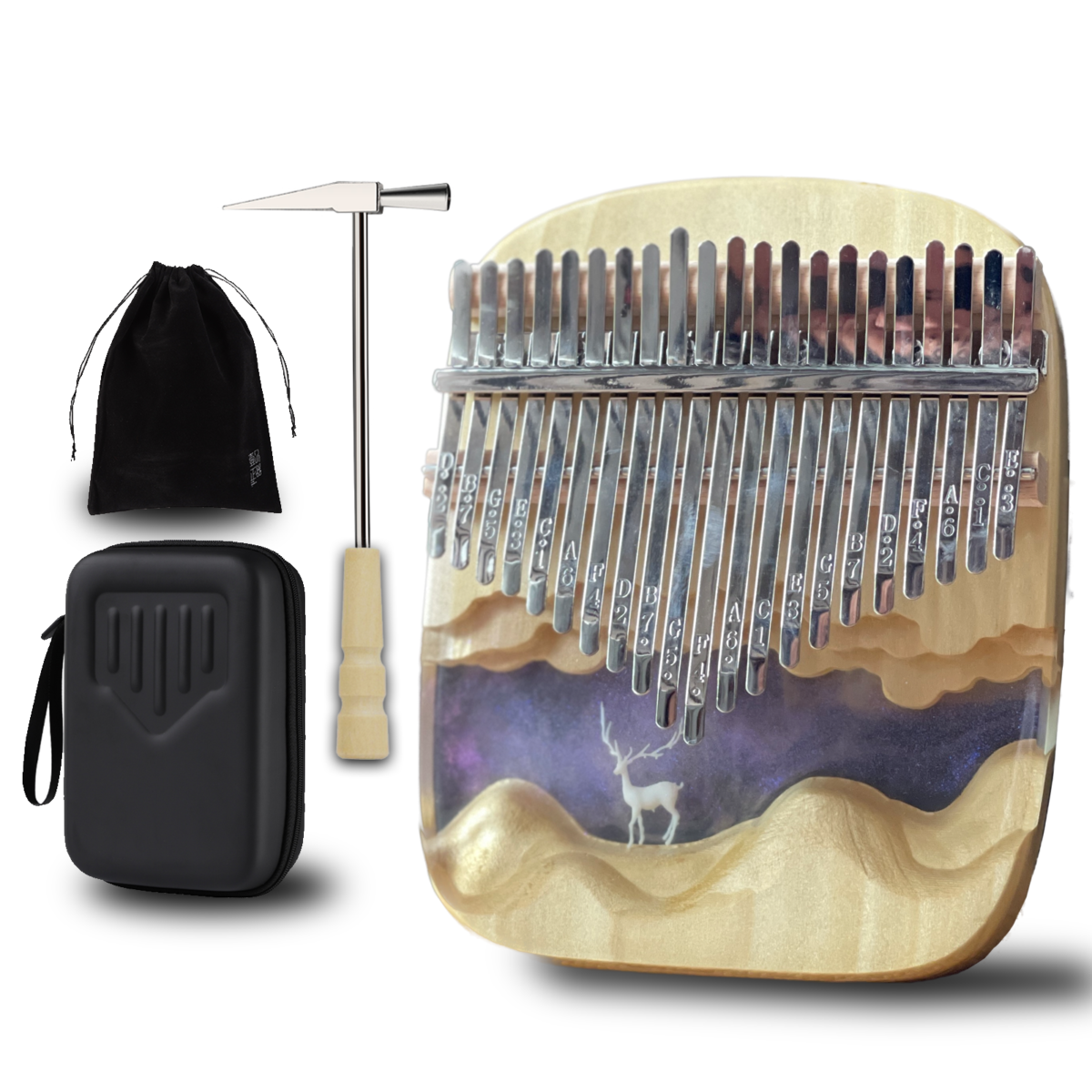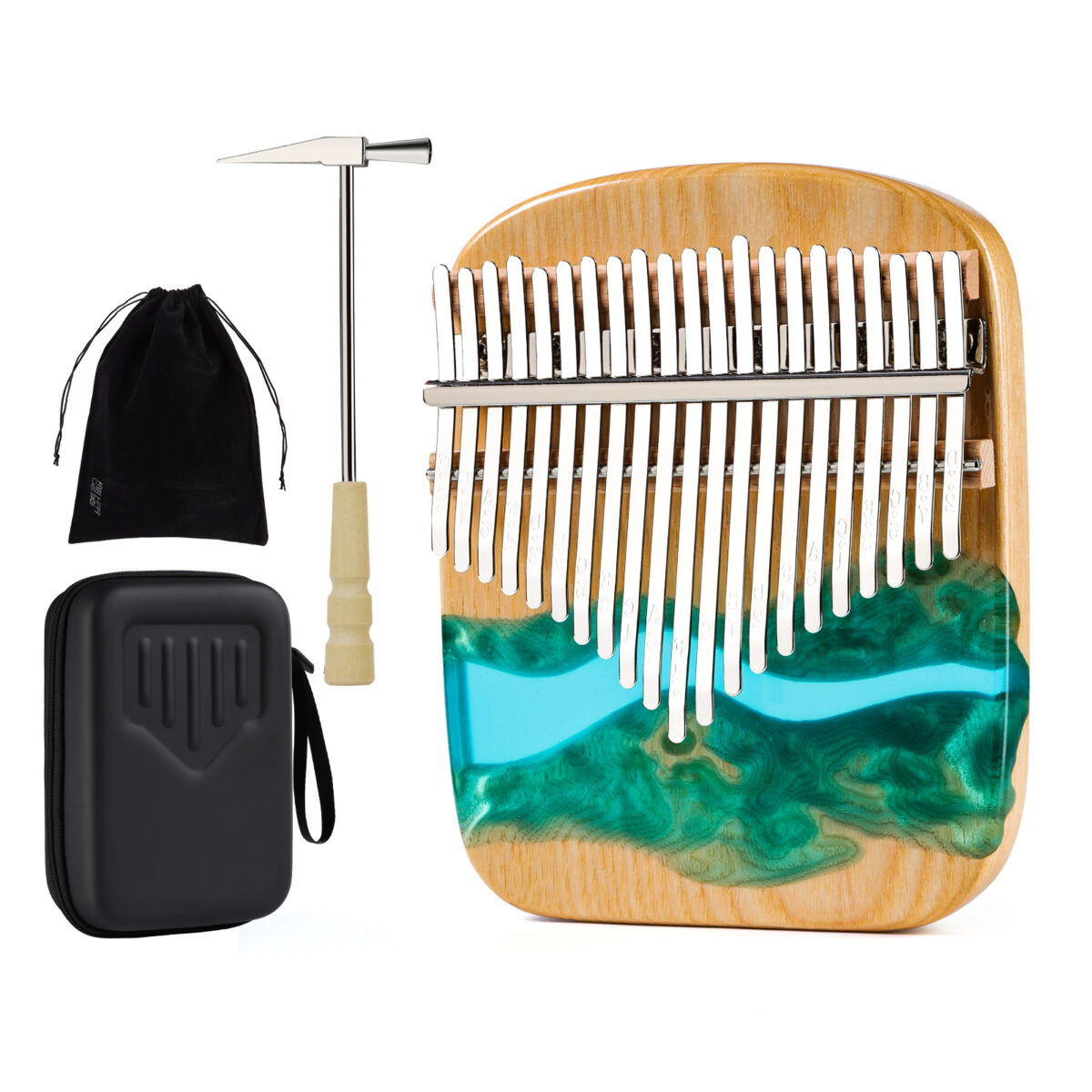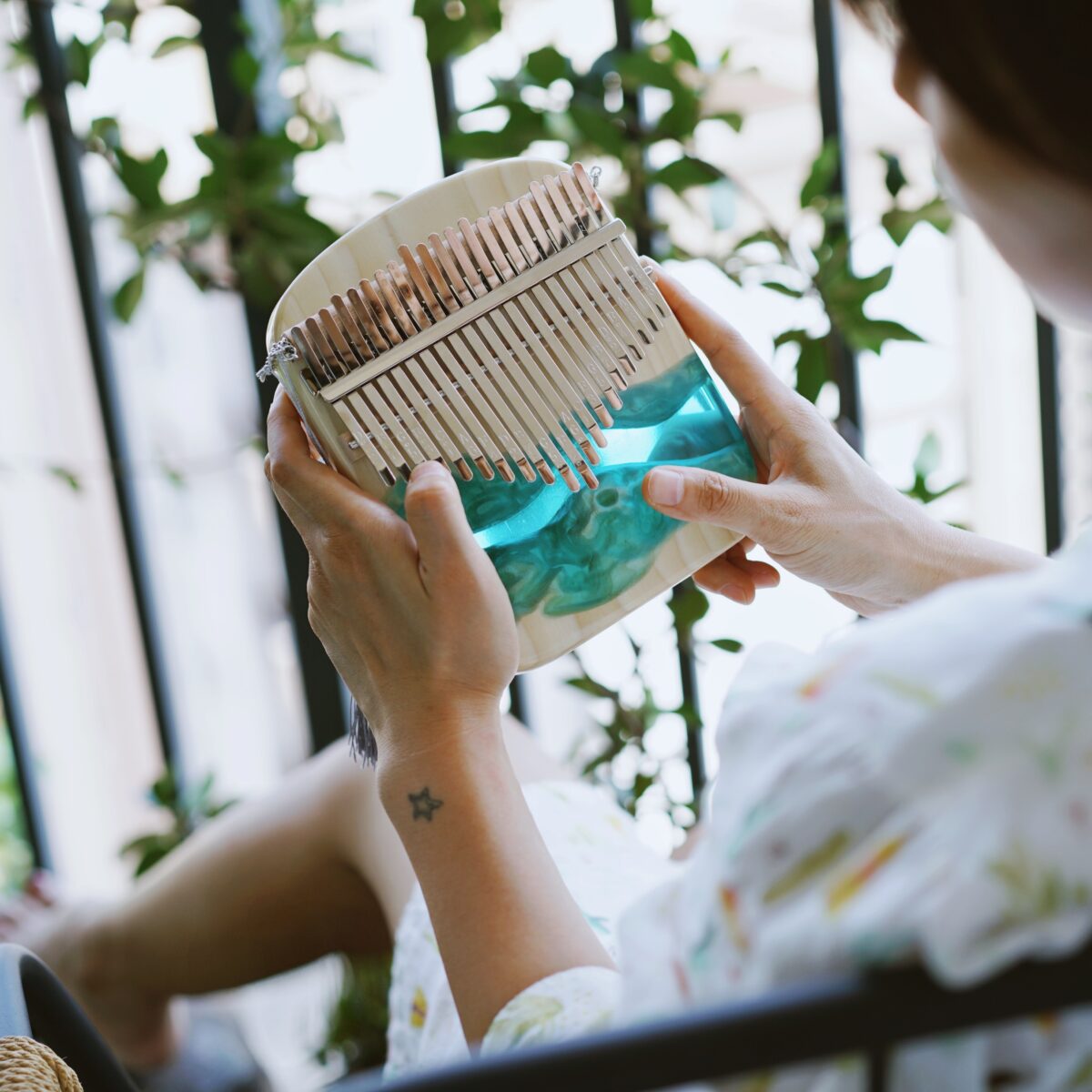Kalimba Culture Series
The Origin and Modern Applications of the Thumb Piano: The Unique Charm of African Music
The thumb piano, also known as Kalimba or Mbira, originates from Africa. With its simple structure, melodious music, and profound cultural heritage, it has become a unique symbol of African music.
Origin
The history of the thumb piano dates back several thousand years. Initially, thumb pianos were entirely made of wood or bamboo. Archaeologists speculate that the early thumb pianos might have emerged along the Zambezi River in present-day Zimbabwe and Malawi. About 1,300 years ago, metal “keys” began to be used in the making of thumb pianos1. This instrument gradually spread to every corner of the African continent, becoming an integral part of African musical culture.
Structure & Performance
Thumb pianos typically consist of a wooden resonator and a row of metal keys. The lengths of the metal keys vary, producing different pitches. Performers pluck the metal keys with their thumbs to create melodious sounds. Traditional thumb piano music often has religious or ceremonial significance, being played at weddings, funerals, and rituals. Its music serves not merely for entertainment but is a vital way for Africans to communicate with spirits and express emotions1..
Modern Applications
Over time, the thumb piano has transcended its traditional framework. In the latter half of the 20th century, it began to be embraced and used by modern musicians, especially those in Europe and the Americas1. Its musical style has diversified, becoming an essential element in various music genres such as pop, jazz, and electronic music. In recent years, with the advancement of technology, digital thumb pianos have emerged, infusing modern elements into this ancient instrument.
The unique charm of African music is significantly attributed to the thumb piano, a simple yet profound instrument. It is not just a musical tool, but a vital representation of the rich and colorful culture of Africa.









